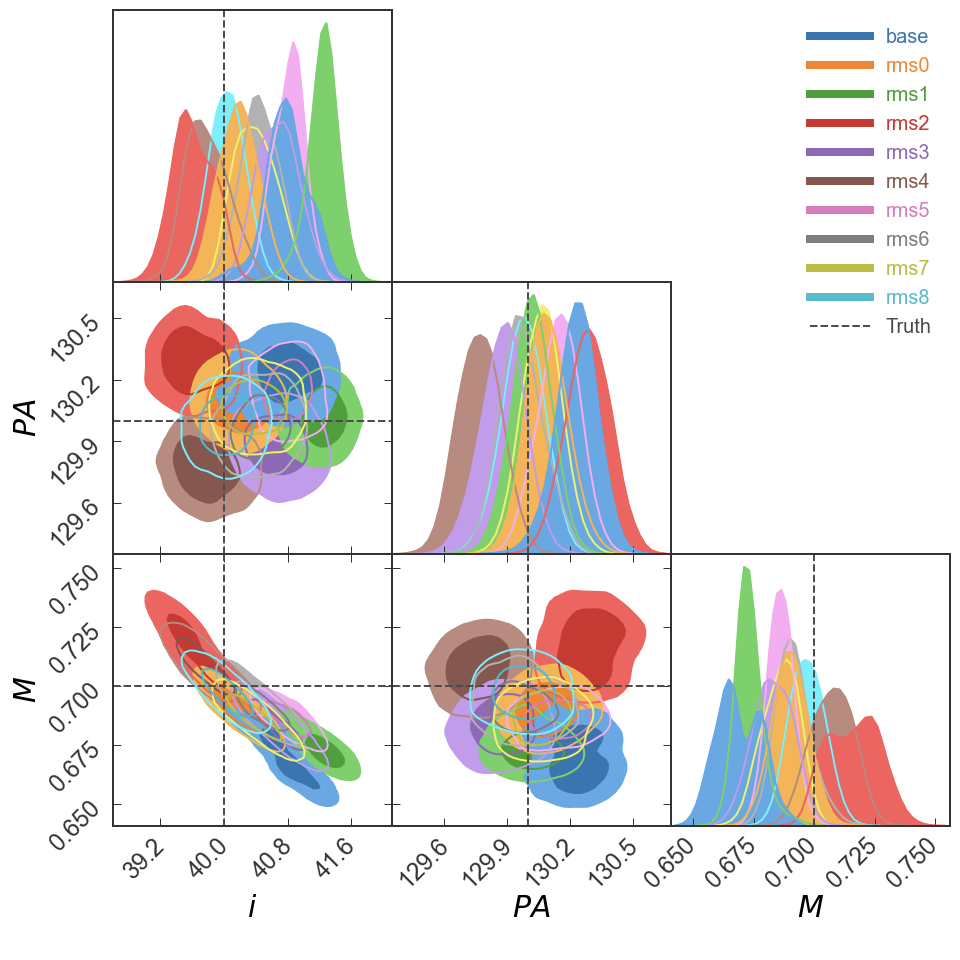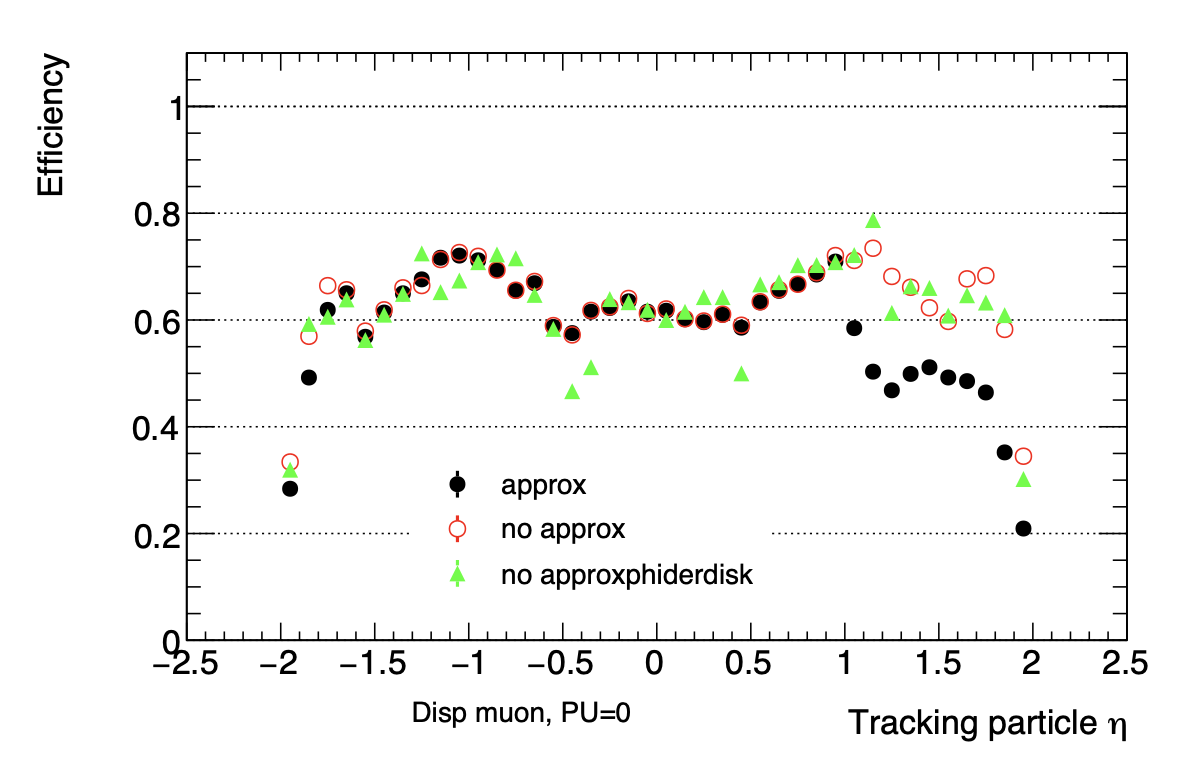Past Projects
Image Reconstruction for ngEHT
The ngEHT is a significant upgrade to the original EHT project; it aims to construct images and movies of black holes
using VLBI with an expanded array of telescopes. I pursued several projects for the
ngEHT Analysis Challenges, an effort to encourage the development of novel imaging
algorithms trained on synthetic datasets. These datasets are intended to simulate
realistic ngEHT observing conditions, including systematic errors such as thermal
noise, antenna pointing offsets, and atmospheric turbulence. For the challenges, I
provided image reconstructions of total intensity and polarized images for multiple
ngEHT observing frequencies using the standard eht-imaging package. You can see one
of my total intensity image reconstructions in
this ngEHT special issue of Galaxies.
On a personal level, it was a

Testing a Flexible Disk Emission Model
 The morphology and kinematics of a protoplanetary disk are fundamental properties to constrain in characterizing
the dynamics of a disk, and thus its formation. Current spectral line emission models are not optimized for quickly
obtaining these physical parameters from an observation. An emission model in preparation by Andrews et al. aims to
quantify the morphology and kinematics of an observation using statistical inference and Bayesian techniques.
The morphology and kinematics of a protoplanetary disk are fundamental properties to constrain in characterizing
the dynamics of a disk, and thus its formation. Current spectral line emission models are not optimized for quickly
obtaining these physical parameters from an observation. An emission model in preparation by Andrews et al. aims to
quantify the morphology and kinematics of an observation using statistical inference and Bayesian techniques.
Using simulated ALMA observations, I ran MCMC retrieval tests on datasets that varied in stellar mass, noise, and spectral
and spatial resolution to fit for parameters like the inclination and brightness temperature of a disk. In collaboration with
Dr. Feng Long, I modeled the physical properties of the circumbinary disk around the binary star V892 Tau, and determined values
for the stellar mass, inclination, and position angle of the disk. You can see our results of our analysis of V892 Tau here.
CERN and Fermilab
 My past research in experimental high-energy physics fall under the realm of software development and testing.
My past research in experimental high-energy physics fall under the realm of software development and testing.
At
Northeastern, I worked on the track-trigger system of the CMS experiment at CERN.
My work investigated a known issue in their particle trajectory-finding software
when enabling a setting that approximated all mathematical calculations in the software.
This setting simulated how the tracking software would perform on hardware components, which is how the tracking will be implemented
in the future upgrade to the High-Luminosity LHC. What was the cause of the issue? About one line of code out of thousands. How long
did it take to find it? About three months. That one fix (along with some others) improved the efficiency of the track-finding software
in reconstructing particle trajectories in simulated collisions.
As a part of the DOE SULI Program, I developed a data reduction and analysis software
pipeline for the REDTOP experiment at Fermilab.
The REDTOP experiment is a proposed detector experiment at Fermilab that aims to study fundamental symmetry violations in physics by
capturing and analyzing the decay products of the η meson. My work involved reducing and analyzing data collected from test beams to
understand the performance of the photomultipliers in the novel dual-readout calorimeter.
